Ho Chi Minh Mausoleum
Description
The President Ho Chi Minh Mausoleum in Hanoi, Vietnam, is a mausoleum that serves as the final burial place of the Vietnamese revolutionary leader and President Ho Chi Minh. It is a massive edifice in the center of Ba Dinh Square where Ho, chairman of the Workers’ Party of Vietnam from 1951 until his death in 1969, read the Declaration of Independence on September 2, 1945, so founding the Democratic Republic of Vietnam. It is accessible to the public each morning besides Monday.
The structure is where visitors can express their respect and gratitude to the Vietnamese patriarch/uncle who led the country to freedom and unity. It is commonly referred to by Vietnamese as Uncles’ Mausoleum because Ho Chi Minh fostered an intimate and familial environment while he was living. The Mausoleum, which was constructed during a two-year period from 1973 to 1975, is also a vibrant symbol of national togetherness.
The Ho Chi Minh Mausoleum is one of Vietnam’s most renowned works. It attracts a huge number of domestic and foreign tourists every year due to its tremendous cultural and historical significance. By visiting Ho Chi Minh Mausoleum, you can learn more about Ho Chi Minh’s life and his significance in Vietnamese history, as well as gain a deeper understanding of the country through the numerous relics in the vicinity.
Building
The Mausoleum’s construction began in September 1973 and was completed in August 1975. The President stipulated in his will that he be cremated and that his ashes be interred on the hills of the North, the Center, and the South of Vietnam. In accordance with the will of the Vietnamese people and in recognition of his service to the nation, the successor administration opted to preserve his body. Consequently, a proposal was made to construct a mausoleum and surrounding complex.
Nevertheless, the Vietnam War was at a critical turning point at the time, and the project had to be abandoned. The president’s body was stored in a secret aseptic environment, awaiting the arrival of a quiet day. Since 1969, the Mausoleum has been open, but owing to many adversities (wars, bombings, natural calamities), it took several years for his body to be put in the Mausoleum.
The granite mausoleum mimics Lenin’s Tomb in Moscow, but its layout and architecture represent the Vietnamese culture and way of life. Infrastructure equipment was supplied from the Soviet Union, but Vietnamese scientists had to modify the materials significantly to accommodate Vietnam’s tropical climate.
The construction has a height of 21.6 meters (70.9 feet) and a width of 41.2 meters (135.2 feet). The exterior design was comprised of grey granite, while the interior is dominated by grey, black, and red polished stone. The words “Chu tich Ho Chi Minh” (President Ho Chi Minh) are etched on the portico of the Mausoleum, while the motto “Nuoc Cong Hoa Xa Hoi Viet Nam Muon Nam” (State of the Socialist Republic of Vietnam Forever) is printed on the banner next to it.
Inside, the embalmed body of President Ho Chi Minh is stored in a central hall that is kept chilly and guarded by a distinguished officer. The hall is rather dim, and the body is encased in glass and displayed in dim lighting. Each week, hundreds of people show up to pay their respects at the mausoleum. Visitors must cover their legs, maintain silence, and walk in two lines. The hands cannot be placed in pockets or crossed. Additionally, smoking, eating, photography, and videotaping are absolutely prohibited.
History of Ho Chi Minh Mausoleum
In his will, President Ho Chi Minh requested that his body be cremated and his ashes scattered across the country’s three regions. However, in accordance with the wishes of the Party and the people at the time, the government decided to preserve his body and place it in the Mausoleum so that people can come to commemorate and pay their respects.
The Soviet Union and Vietnam met in January 1970 to discuss the design and construction techniques of the Mausoleum. Then, the work of planning the Mausoleum was sanctioned by the Politburo of the Central Committee of the Party, with significant assistance from Soviet specialists.
The official groundbreaking ceremony for the tomb was held on September 2, 1973. The Ho Chi Minh Mausoleum was inaugurated on May 19, 1975. The Lenin’s Tomb in Moscow inspired the design of the Ho Chi Minh Mausoleum, which was modified to conform to Vietnamese customs and styles.
Ho Chi Minh Mausoleum is a significant work that demonstrates the Vietnamese people’s profound admiration for their leader. Today, it is not only a cultural and historical icon of Hanoi, but also a popular tourist destination. Since its opening in 1975, several Vietnamese generations and millions of foreign visitors have visited this location.
How to get to Ho Chi Minh Mausoleum
As a result of its central location in Ba Dinh Square, the mausoleum is easily accessible from all areas of the city. Ideally, one can reach the place through Grub (an app-based taxi service) or metered taxi. While the Grub displays the estimated fare, you can estimate the cost of the trip. You can also hire the cab with a meter. Typically, the base fare for these taxis begins at VND100k and climbs at a regular rate.
Visitors can take a bus to 18A Le Hong Phong from the Old Quarters. There are buses every 15 minutes that will take you to Ba Dinh Square.
Nearest bus stop: 18A Lê Hồng Phong
Buses available: 18, 9A, 41, 9ACT, 22A and 50
Working Hours
- Monday 7:30 AM - 7:30 PM
- Tuesday 7:30 AM - 7:30 PM
- Wednesday 7:30 AM - 7:30 PM
- Thursday 7:30 AM - 7:30 PM
- Friday 7:30 AM - 7:30 PM
- Saturday 7:30 AM - 7:30 PM
- Sunday 7:30 AM - 7:30 PM

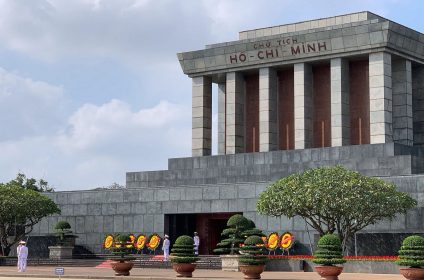
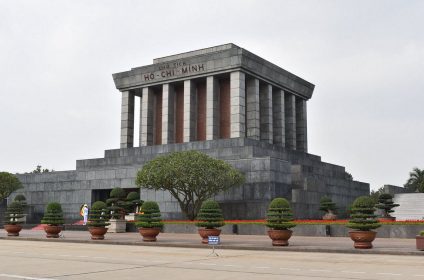
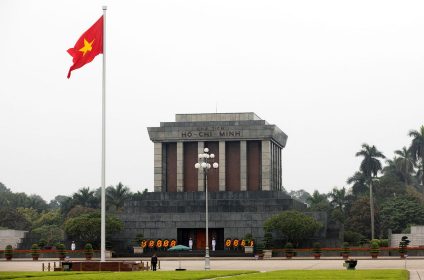
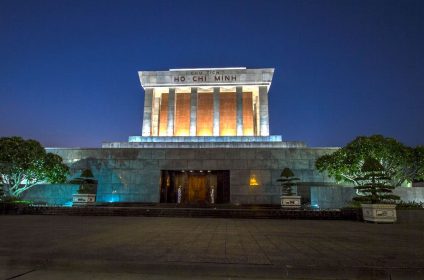
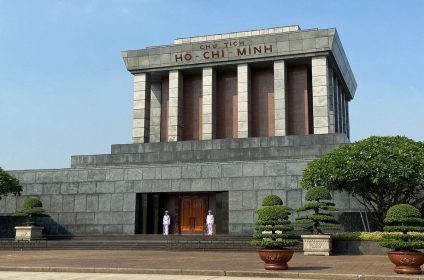
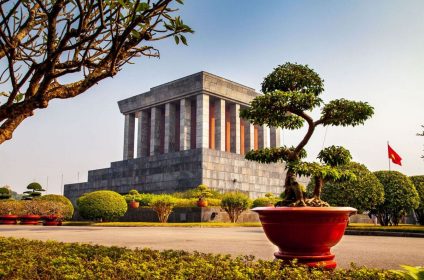
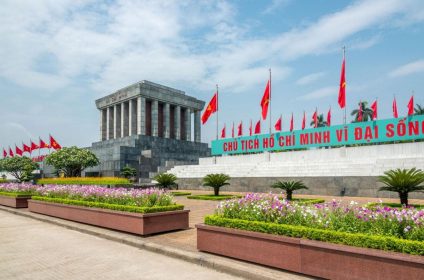


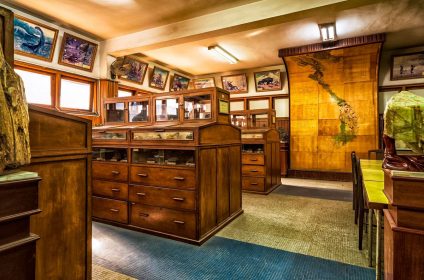













Add Review